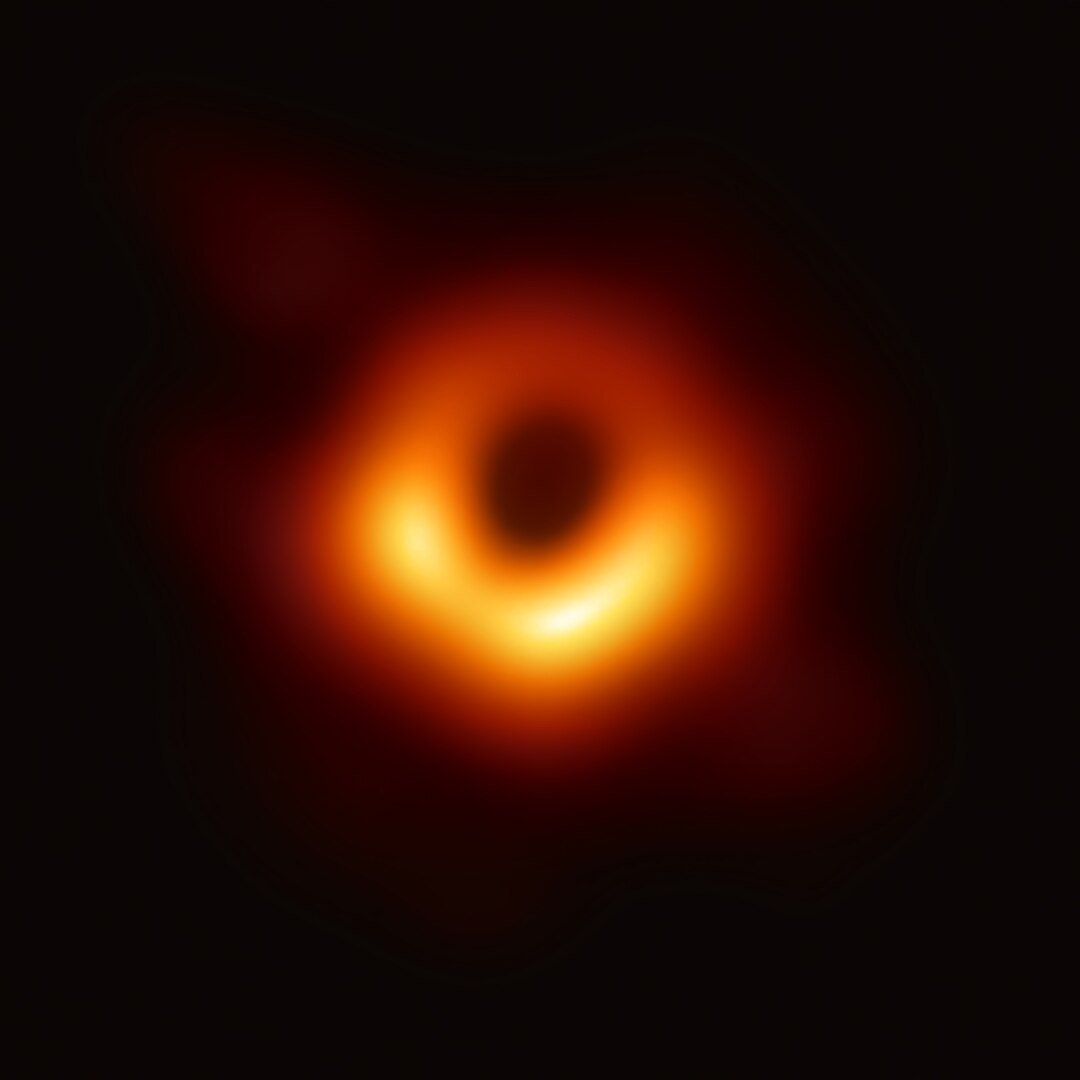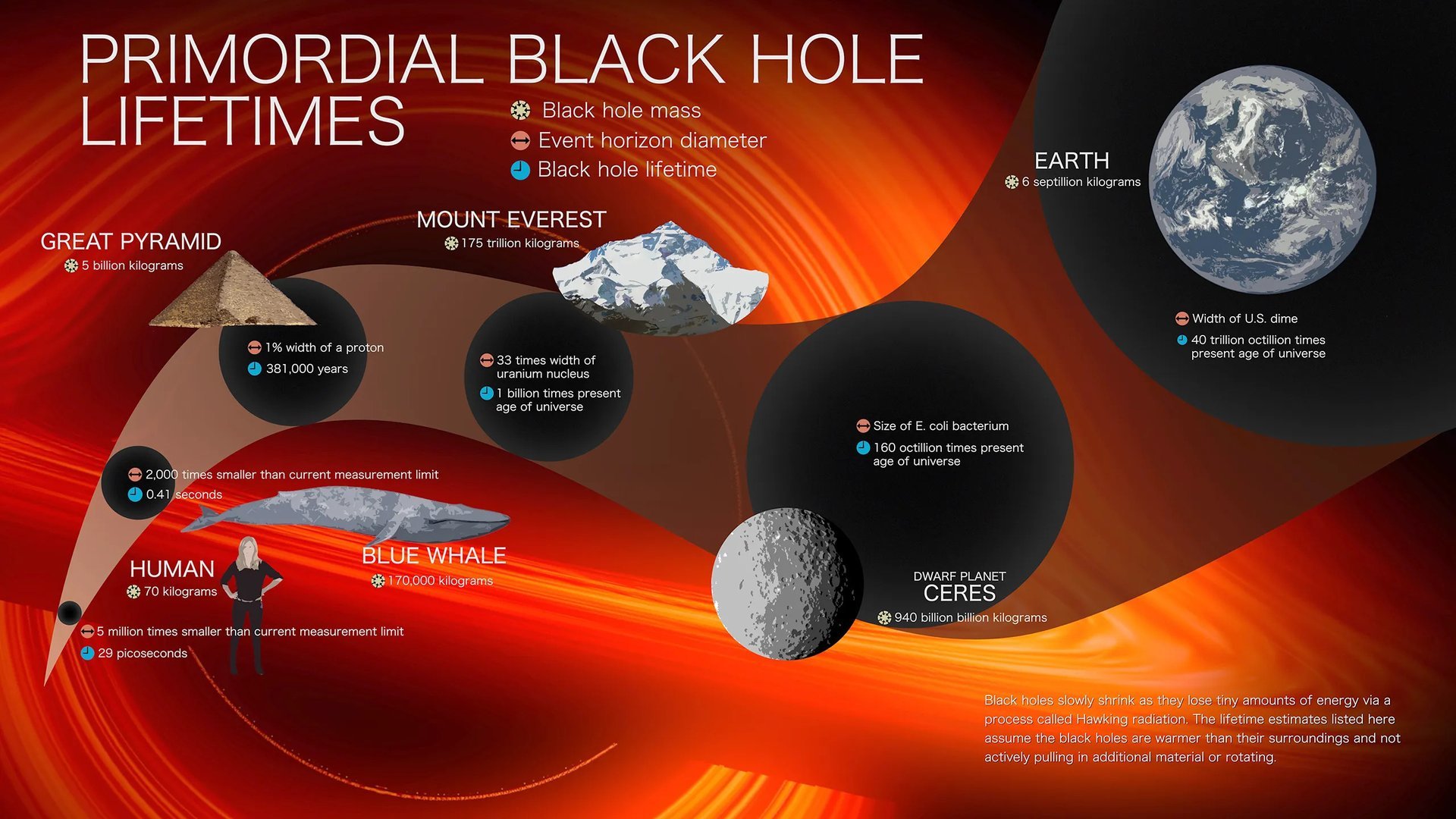Star black holes form from large-scale star collapses at the end of life, usually weighing 3-50 times the mass of the sun. When the star runs out of fuel, it explodes with supernova, leaving behind a very dense area, leaving nothing to escape and even light.
In contrast, primitive black holes are the theoretical objects that could have been formed within a second after a big bang from a very dense region of the early universe. Unlike stellar black holes, they are much lighter and could be ancient relics when the universe contained almost hydrogen and helium.

Black holes are usually known to consume everything around them, but physicists have long theorized that they will eventually explode at the end of life through a process known as Hawking radiation. Previously, scientists believed that such an explosion only occurred once every 100,000 years. However, a new study published in the Journal Physical Review Letters suggests that we may witness this extraordinary phenomenon much earlier than we expected.
You might like it
“We believe there is up to 90% chance of witnessing an explosive black hole over the next decade. What’s important is that the current fleet of space and ground telescopes can already detect such explosions.”
The black holes that are most likely to explode are not the giant star remnants we normally think of, but the brighter the black holes, the hotter the more particles emitted by radiation, as physicist Stephen Hawking showed in 1970, the more primitive black holes (PBH). As the PBH evaporates, they become lighter and lighter, become very hot, and release more radiation in the runaway process until it explodes.
The breakthrough came when a team of researchers began to question long-standing assumptions about the electrical properties of black holes. Although standard black holes do not have charge, the team investigated what happens when a primitive black hole formed with a small charge containing hypothetical heavy particles called “dark electrons.”
Dark electrons are like a much heavier version of normal electrons, but interact via dark electromagnetic forces instead of normal electromagnetics. In a theoretical model called Dark-Qed, these particles carry a dark charge and interact through dark photons, which can affect how matter functions around a black hole.

The researchers made another assumption about the electrical properties of primitive black holes. They should be temporarily stabilized before it finally explodes, assuming that their model shows when primitive black holes are formed with small dark charges. This stabilizing effect can dramatically increase the likelihood of observing such explosions.
The explosive black holes are not only a spectacular show of light, but also provide a catalogue of every subatomic particles present in scientists. This includes not only particles that have already been discovered, such as electrons, quarks, and Higgs bosons, but also particles that have not been detected now.
The team doesn’t guarantee an explosion, but for the last decade, we argue that a high probability means we need to prepare. Fortunately, our current telescope technology is able to already detect signs of hawking radiation from primitive black holes exploding. If their calculations prove to be correct, we may be able to shed some light on one of our oldest questions. Where did everything come from? !
The original version of this article was published today in Universe.
Source link

